Whitening Strips Top 5 Facts
Whitening strips have become a popular method for achieving a brighter smile. These thin, flexible strips are coated with a whitening agent and are designed to be applied directly to the teeth. However, before you jump on the bandwagon, it’s essential to be informed. Understanding how they work, the potential risks, and the correct usage can make all the difference in achieving a healthy and dazzling smile. This article will delve into the top facts about whitening strips, providing you with the knowledge to make informed decisions about your dental care. From the science behind the whitening process to the importance of proper application, this guide will cover everything you need to know.
The Science Behind Whitening Strips
The effectiveness of whitening strips lies in their ability to remove stains and discoloration from your teeth. This process is primarily achieved through chemical reactions that break down the stain molecules. These molecules accumulate on the enamel surface over time due to various factors such as food, drinks (coffee, tea, wine), and smoking. The active ingredients in the strips penetrate the enamel to address these stains. The science behind whitening strips involves the use of oxidizing agents to lighten the color of the teeth. These agents react with the discolored molecules and break them down, thus reducing the appearance of stains.
How Whitening Strips Work
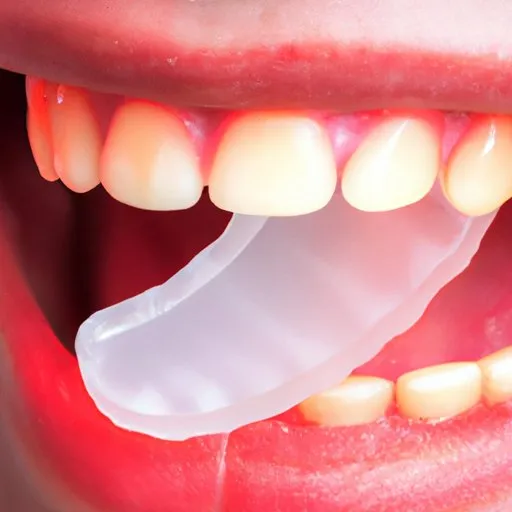
Whitening strips work through a process of oxidation. The active ingredients in the strips, typically hydrogen peroxide or carbamide peroxide, release oxygen molecules when they come into contact with the teeth. These oxygen molecules then penetrate the enamel and break down the stain molecules that cause discoloration. This process lightens the color of the teeth without damaging the enamel, provided the strips are used correctly and the user does not overuse them. The concentration of the whitening agent and the duration of application determine the extent of the whitening effect.
The Active Ingredient Hydrogen Peroxide
Hydrogen peroxide is a common active ingredient in many whitening products, including strips. It is a potent oxidizing agent that effectively breaks down stain molecules in the teeth. The concentration of hydrogen peroxide in whitening strips varies. Higher concentrations can produce faster results but may also increase the risk of side effects like tooth sensitivity. The use of hydrogen peroxide requires careful adherence to the product instructions to ensure safety and effectiveness. It is essential to avoid swallowing the product and to rinse thoroughly after use.
The Role of Carbamide Peroxide
Carbamide peroxide is another active ingredient used in whitening strips. It breaks down into hydrogen peroxide when it comes into contact with water, providing a similar whitening effect. Carbamide peroxide is often used because it releases hydrogen peroxide more slowly, which can reduce the risk of sensitivity. The slow release of the active agent can make it gentler on the teeth, making it a preferred option for those with sensitive teeth. The effectiveness of carbamide peroxide depends on its concentration and the duration of application.
Can You Use Whitening Strips More Than Once a Day
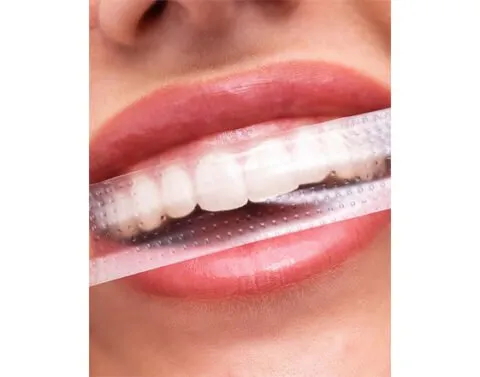
The short answer is generally no. Whitening strips are designed to be used according to the manufacturer’s instructions, typically once a day. Overusing them can lead to several adverse effects, including increased tooth sensitivity, gum irritation, and potential damage to the enamel. The frequency of use is determined by the concentration of the active ingredients in the strips and the overall formula. Using the strips more often than recommended will not necessarily speed up the whitening process and may cause harm.
Understanding the Recommended Usage
Always read and follow the instructions provided on the whitening strip packaging. These instructions will specify the recommended duration of use (e.g., 30 minutes) and the frequency (usually once a day). Adhering to these guidelines is crucial for ensuring the safety and effectiveness of the product. Deviation from the recommended usage can lead to undesirable outcomes. If you have questions or concerns about the instructions, it is best to consult with a dentist.
Potential Risks of Overuse
Overuse of whitening strips can lead to several potential risks. These include increased tooth sensitivity, gum irritation, and, in severe cases, enamel erosion. Continuous use can compromise the enamel’s protective layer. This can lead to increased sensitivity to hot or cold foods and drinks, discomfort, and potential long-term dental problems. It is important to monitor your teeth and gums for any signs of adverse effects and to discontinue use if you experience any issues.
Tooth Sensitivity
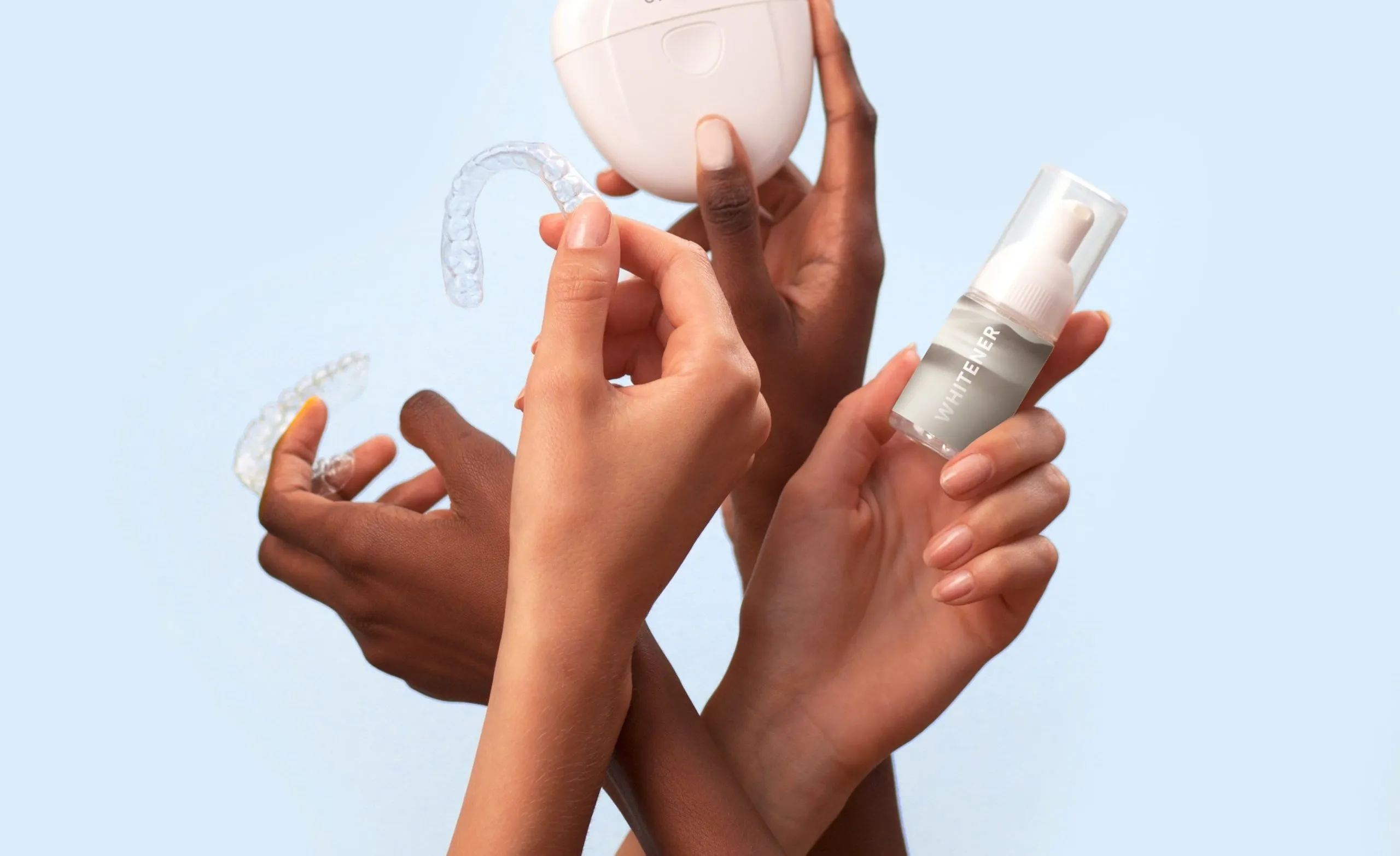
Tooth sensitivity is a common side effect of using whitening strips, especially when they are overused. The whitening agents can irritate the nerves in the teeth, causing sensitivity to temperature changes. The extent of the sensitivity can vary from mild discomfort to sharp pain. If you experience tooth sensitivity, consider reducing the frequency of use or using a toothpaste designed for sensitive teeth. Consult with your dentist if the sensitivity persists or worsens.
Gum Irritation
Gum irritation is another potential side effect of using whitening strips, particularly if the strips come into contact with the gums. The whitening agents can cause inflammation and irritation, leading to redness, swelling, and discomfort. To minimize gum irritation, ensure that the strips are properly applied and that they do not overlap onto your gums. If you experience gum irritation, rinse your mouth thoroughly with water and consider taking a break from using the strips.
Enamel Erosion
Enamel erosion is a more severe risk associated with the overuse of whitening strips. The whitening agents can weaken the enamel, making your teeth more susceptible to damage. This can lead to increased sensitivity, cavities, and other dental problems. Proper usage according to the instructions is vital. If you notice any changes in your enamel, such as increased transparency or roughness, discontinue use and consult with your dentist.
Tips for Safe Whitening Strip Usage
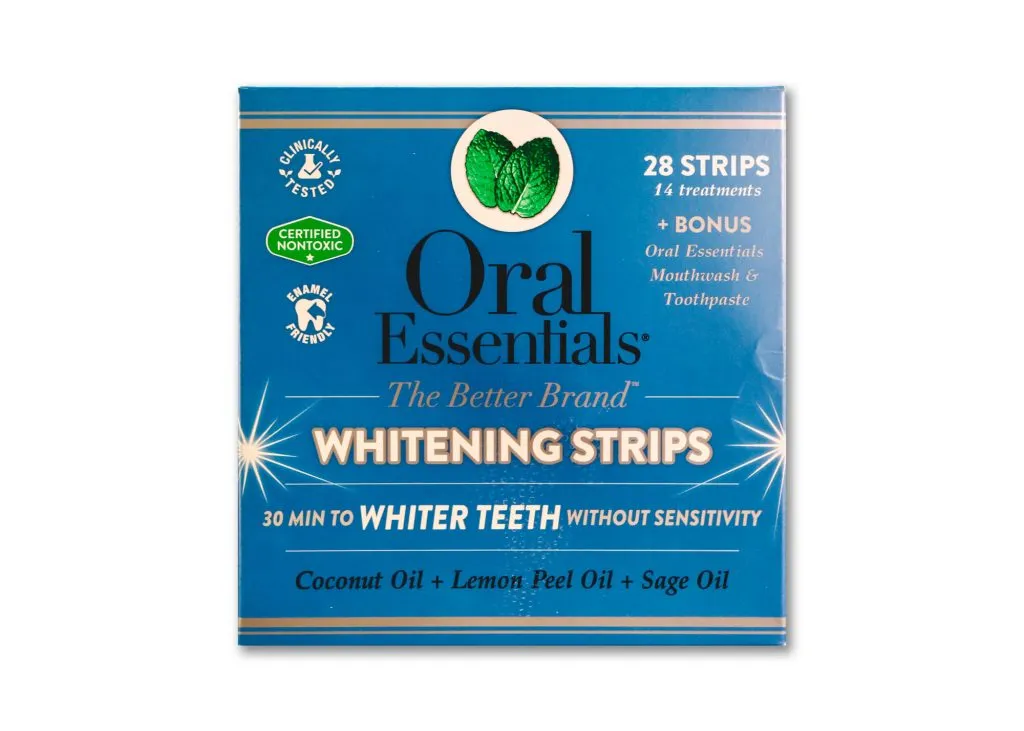
To ensure safe and effective whitening with strips, several key considerations are necessary. Proper usage involves selecting the right product, applying the strips correctly, and maintaining good oral hygiene. These steps will help you achieve the desired results while minimizing potential risks. Following these tips will help you get the most out of your whitening strips.
Choosing the Right Whitening Strips
Choosing the right whitening strips involves considering several factors, including the concentration of the active ingredient and your sensitivity levels. Start with a lower concentration if you have sensitive teeth. Look for strips that are FDA-approved to ensure they meet safety standards. Reading reviews and consulting with your dentist can also help you make an informed decision. Different brands offer varying formulations, so choose the one that best suits your needs and preferences.
Proper Application Techniques
Proper application is essential for achieving the best results and minimizing risks. Before applying the strips, brush and floss your teeth to remove any plaque or debris. Apply the strips to the upper and lower teeth, ensuring that they cover the front surfaces. Avoid touching your gums with the strips to prevent irritation. Follow the manufacturer’s instructions regarding the duration of application and remove the strips carefully. Gently wipe away any excess gel from your teeth after removing the strips.
Maintaining Oral Hygiene

Maintaining good oral hygiene is crucial when using whitening strips. Brush your teeth twice a day with fluoride toothpaste to remove plaque and bacteria. Floss daily to clean between your teeth and along the gumline. Use a mouthwash to further reduce bacteria and freshen your breath. Regular dental checkups and cleanings are also essential for maintaining healthy teeth and gums. Proper oral hygiene complements the effects of whitening strips and helps to prevent potential side effects.
Whitening Strips vs Professional Whitening
While whitening strips are readily available and convenient, professional whitening offers several advantages. Professional treatments are usually performed by a dentist, ensuring a controlled and safe application of higher concentrations of whitening agents. The choice between whitening strips and professional whitening depends on your individual needs, preferences, and budget. Each method offers its own set of benefits and drawbacks.
Benefits of Professional Treatments
Professional whitening treatments, such as in-office bleaching, offer several benefits. Dentists can use higher concentrations of whitening agents, leading to faster and more dramatic results. They can also customize the treatment to address specific discoloration issues and protect your gums. Professional treatments are performed under controlled conditions, minimizing the risk of side effects. In-office treatments offer more consistent results and can be tailored to your individual needs. The expertise of a dental professional ensures safety and effectiveness.
Cost and Convenience Considerations
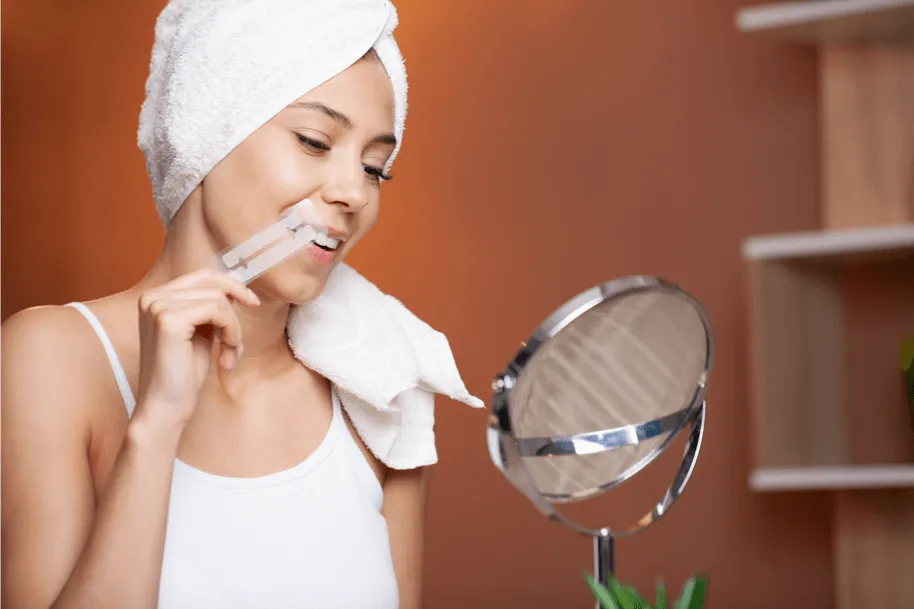
Whitening strips are generally more affordable and convenient than professional whitening treatments. You can purchase them over the counter and use them at home, saving time and money. Professional whitening, however, involves a higher initial cost and requires visits to the dentist’s office. The convenience of whitening strips makes them a popular choice for those seeking a quick and easy solution. Professional treatments may be a better option if you desire more significant results or have specific dental concerns. Consider your budget and desired outcome when making your decision.
Frequently Asked Questions
Addressing common questions can clarify any remaining doubts and provide additional information. Understanding the potential risks, effectiveness, and long-term effects of whitening strips will help you make informed decisions about your dental care. Here are some of the most frequently asked questions about whitening strips.
Are Whitening Strips Safe for Everyone?
Whitening strips are generally safe for most people. However, they may not be suitable for everyone. People with sensitive teeth, gum disease, or existing dental work (fillings, crowns) should consult with a dentist before using whitening strips. Pregnant or breastfeeding women should also seek professional advice. Ensure your teeth and gums are healthy before starting any whitening treatment. Individuals with significant dental issues might not be ideal candidates and may need alternative treatments.
How Long Do Whitening Strips Last?
The results of whitening strips typically last for a few months to a year, but this varies depending on individual habits and lifestyle. Factors such as your diet (consumption of staining foods and drinks), smoking, and oral hygiene practices can affect how long the results last. Regular touch-ups with whitening strips can help maintain your bright smile, but it’s important to use them according to the manufacturer’s instructions to avoid any risks. Maintaining good oral hygiene practices and avoiding stain-causing substances can extend the longevity of your results.
Can Whitening Strips Damage Your Teeth?
Overuse of whitening strips can potentially damage your teeth. The active ingredients in the strips can weaken the enamel, leading to tooth sensitivity, enamel erosion, and other dental problems. Using them as directed and avoiding overuse can minimize the risk of damage. It’s important to follow the manufacturer’s instructions and to consult with your dentist if you have any concerns. Careful and proper usage is key to achieving a brighter smile without harming your teeth.
In conclusion, whitening strips can be an effective and convenient way to brighten your smile, but it’s essential to use them correctly. Understanding the science behind how they work, the potential risks of overuse, and the best practices for safe usage will help you make informed decisions about your dental care. By choosing the right product, applying the strips correctly, and maintaining good oral hygiene, you can achieve a brighter smile safely and effectively. Always remember to consult with your dentist if you have any questions or concerns about using whitening strips or any other teeth whitening method.
